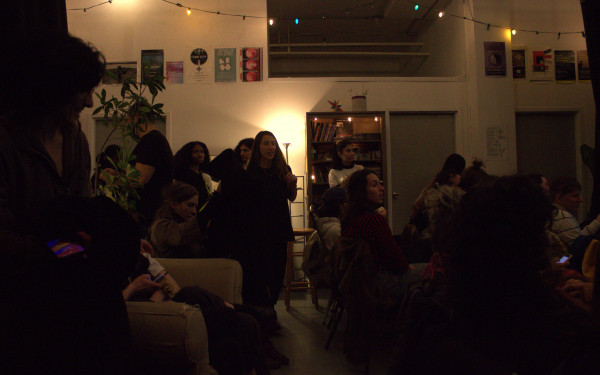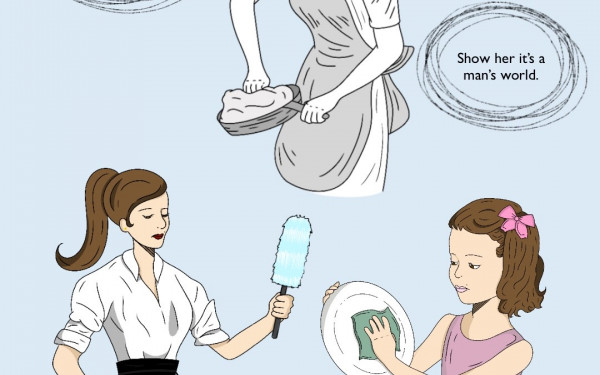Beyond the final girl
The uniquely feminine horror films of 2024
For generations, women in horror have functioned as “the final girl,” who is typically tough and agile, but not much else.
Carol J. Clover, who coined the term, considered the final girl trope to be based on sexist assumptions about gender roles when it first emerged in horror cinema. Clover asserted that women who partied and were openly sexual were the first ones to be killed off. Therefore, only the most modest women prevailed, but not before becoming corrupted through physical violence.
I would argue that the final girl is the hellspawn of cinema, created to satisfy the male gaze, a concept created by Laura Mulvey in 1973. Mulvey argues that there is inherent voyeurism in watching a movie that can be exemplified through highly sexualized shots of women that appeal to men. The male gaze ends up reinforcing normative gender roles, such as the glorification of modesty that’s embodied in the final girl trope.
However, the horror genre has evolved with time, as evidenced by this year’s films. In 2024, a subcategory of horror cinema that touches upon uniquely feminine and gendered themes has spawned, through films such as The First Omen, Immaculate, The Substance, Smile 2 and others.
Some of the critical themes related to femininity that are explored in horror movies this year are conception and childbirth against one’s will. They are turned into horrific, violating endeavours, echoing the concerns of women in a world where access to abortion becomes increasingly restricted in places like the United States.
Arkasha Stevenson’s direction of The First Omen is particularly brutal, sparing no details in one birth scene with visceral, gory close-ups. Stevenson pushes the boundaries of an already disturbing genre to effectively commentate on the reality that 40 per cent of women around the world face: a lack of control over their own bodies. Immaculate echoes similar concerns by depicting the horror one woman endures when she conceives non-consensually.
Horror films this year also explore the pressures women face while being expected to look and perform in unrealistic, self-harming ways.
Films such as The Substance question the physical and mental suffering women put themselves through to retain status in an aesthetic-obsessed Hollywood. Faced with the possibility of becoming young again, albeit with conditions, the protagonist has no issue injecting herself with a mysterious new drug, despite the potential for serious consequences. Director Coralie Fargeat’s personal feelings regarding aging are explored through a queasy body horror lens that accurately depicts the violent toll these issues take on women. The industry-wide objectification of women has led to nearly one-third of women in the U.S. feeling self-conscious about their bodies, making it a salient topic to explore in such a gruesome way.
Smile 2 brings forward the crushing burdens that women are expected to handle, and the consequences when they aren’t believed about their experiences. Tortured by disturbing visions, the main character is constantly crying out for help, but no one seems to listen. While Smile 2 is riddled with jumpscares and other crowd-pleasing moments, its underlying message advocates for a society where women’s mental health is taken more seriously amidst a culture that undermines women’s experiences.
These are only a few horror films this year that highlight uniquely feminine themes—MaXXXine flips the “modest” final girl trope on its head by centring the film on an adult film star; Heretic points out the dangers of male control through an evisceration of religious doctrines that keep women metaphorically caged.
In a multitude of ways, 2024 horror films moved beyond simply portraying the stereotypical final girl, offering more nuance on the intersections between femininity and horror.
This article originally appeared in Volume 45, Issue 6, published November 19, 2024.


_600_832_s.png)



_600_375_90_s_c1.jpg)
